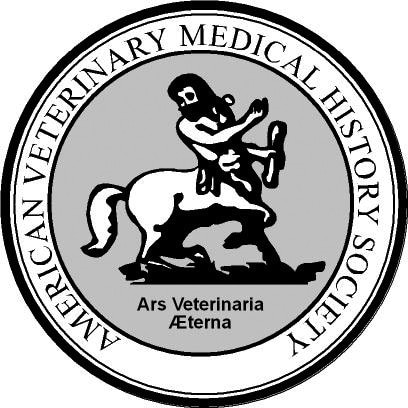Volunteers are essential to any organization and department, especially in museums. All of us have used volunteers to lend an extra hand in many things, but it wasn’t until several years ago that I saw a need to stretch the job duty of a volunteer a bit more. Museums are always accepting object donations to document, preserve and exhibit significant moments of history that connect and teach communities about their past. The task of researching, documenting and cataloguing ten or even fifty objects in one donation, however, can be overwhelming if only one or two staff members in a museum collections department, must also balance other assignments and responsibilities.
During my career as a collections manager, I heard my staff talk about the strain in managing object donations with very little help or time. To ease the workload, we invited volunteers, especially student interns, to help research and catalogue the donated objects. This was great, but I still sensed a big void in our efforts. Some of the volunteers helping the collection staff to process the donations were not knowledgeable enough about the importance of the personal collections and/or objects. Because of our policy, like other museums, volunteers could not interact with donors. Only collection staff was authorized to work with the donors to collect personal and historical information about the donation and sometimes this was challenging. Surprisingly, we resolved this problem when a donor that wanted to give the personal collection of a friend who had recently passed away. Because she was very fond of her friend and wanted to preserve his memory, the donor asked if she could help process the large archival collection of personal documents and photographs. It was the perfect answer. I welcomed the donor and gave her the new title of Community Curator.
Who are community curators or how should we define the title? In my opinion, they are people of the community who are knowledgeable about the history of social and political events. They can document prominent community leaders, families and businesses along with lesser known individuals. Community curators are also people who are interested in preserving and exhibiting the history of their community to educate a wide audience.
In my current position as Curator of Collections Manager at the Delaware Historical and Cultural Affairs (HCA), I named one of our volunteers a community curator. Carolyn Apple, a retired emergency medicine physician of Dover, Delaware, volunteers with the collections and exhibits department. In 2012, she helped to donate to HCA a collection of over 600 photographs and objects that documents the military service of William D. Willis, who was a photographic technician with the Army Air Force during WWII and a resident of Dover, Delaware. We welcomed this great collection, but due to limited staff and time it would be nearly impossible to process and catalogue the collection in the next few years. Because of her interest, Carolyn Apple offered to volunteer to work on the Willis donation. For two years, she researched, photographed and catalogued over 600 photographs and objects. During her research, Apple envisioned an exhibit to highlight the photograph collection of Mr. Willis. HCA collection and exhibit staff helped her develop the exhibit “World War II Through the Lens of William D. Willis” which opened in March 2015.
As a community curator, Apple is deeply involved in every aspect of the exhibit project, from selecting objects and writing exhibit text to assisting in the exhibit’s installation. She will be curating three change-out exhibits for the William D. Willis exhibit to showcase additional photographs and collections objects. To reach a wider audience, I have encouraged Apple to write exhibit blogs to highlight more interesting facts and information that she discovered during her research of the Willis collection. We will soon post several of her blogs on military gliders, B-17s and military mission symbols that were used in World War II.
“World War II Through the Lens of William D. Willis,” is currently on display in an exhibit case on the first floor of the Delaware Legislative Hall, located at 411 Legislative Avenue in Dover, Delaware. The exhibit can be viewed any time Legislative Hall is open to the public.
Volunteers are essential to any organization. I encourage museums, especially collection staff, to embrace community curators or collection assistance as a new level of volunteering.





